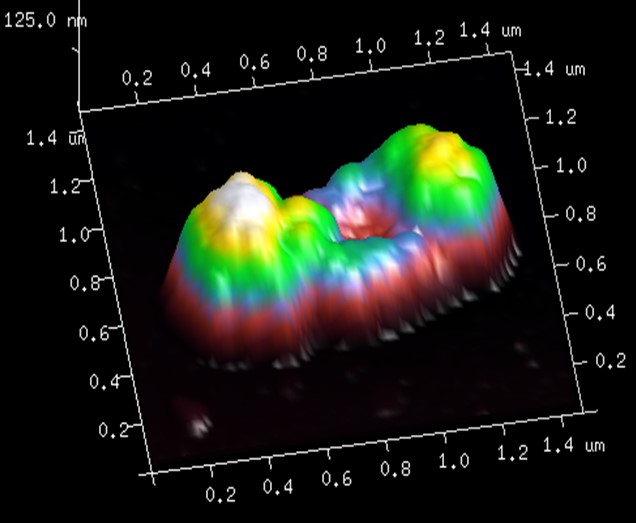‘Roughness’ of Marine Bacterial Surfaces Facilitates Colloid Capture
Yosuke Yamada and collaborators have published a paper on interactions between marine bacteria and colloids in Limnology and Oceanography.
Yosuke Yamada, Nirav Patel, Hideki Fukuda, Toshi Nagata, Satoshi Mitarai, Farooq Azam “Bacterial surface roughness regulates nanoparticle scavenging in seawater” Limnology and Oceanography. First published: 27 January 2023 https://doi.org/10.1002/lno.12309
Press release
https://www.jamstec.go.jp/e/about/press_release/20230131/
Colloidal organic matter (nanoparticles) with a size of 1-1000 nm exists in abundance in the ocean and plays an important role as a nutrient substrate for heterotrophic bacteria. However, there is limited knowledge about the capture mechanism of colloidal particles by bacteria (references 1-3). In this study, we clarified a new factor that affects colloid capture by focusing on the physical property of “roughness of the bacterial surface”.
Analysis of the image obtained by the atomic force microscope (Fig. 1) shows that more colloidal particles are captured as the roughness increases. In addition, as a result of surveys in a wide range of sea areas from the subtropics to the subarctic, we found that there is a correlation between the gradient of seawater temperature and roughness.
In the future, it is necessary to elucidate the relationship between bacterial adaptation/evolution and roughness, and the role of roughness as a hidden controlling factor in ocean material cycles.
This research is the result of joint research by the University of Tokyo Atmosphere and Ocean Research Institute, Japan Agency for Marine-Earth Science and Technology, Okinawa Institute of Science and Technology Graduate University, and the Scripps Institution of Oceanography, University of California. We are also supported by the Grant-in-Aid for Scientific Research S (19H05667) led by Professor Nagata of the Bioelement Dynamics Group.
References
- Koike, I., S. Hara, K. Terauchi, and K. Kogure. 1990. Role of sub-micrometre particles in the ocean. Nature 345: 242‒244
- Nagata, T., and D. L. Kirchman. 1997. Roles of submicron particles and colloids in microbial food webs and biogeochemical cycles within marine environments, p. 81‒103. In J. G. Jones [ed.], Advances in Microbial Ecology. Springer
- Seo, Y., E. Ikemoto, A. Yoshida, and K. Kogure. 2007. Particle capture by marine bacteria. Aquat. Microb. Ecol. 49: 243‒253, doi:10.3354/ame01147

Figure 1 Roughness of marine bacteria captured by an atomic force microscope. As a result of the analysis, it was revealed that the unevenness of the surface promotes colloid capture (Image from Yamada et al. (2023) Limnology and Oceanography, https://doi.org/10.1002/lno.12309)

